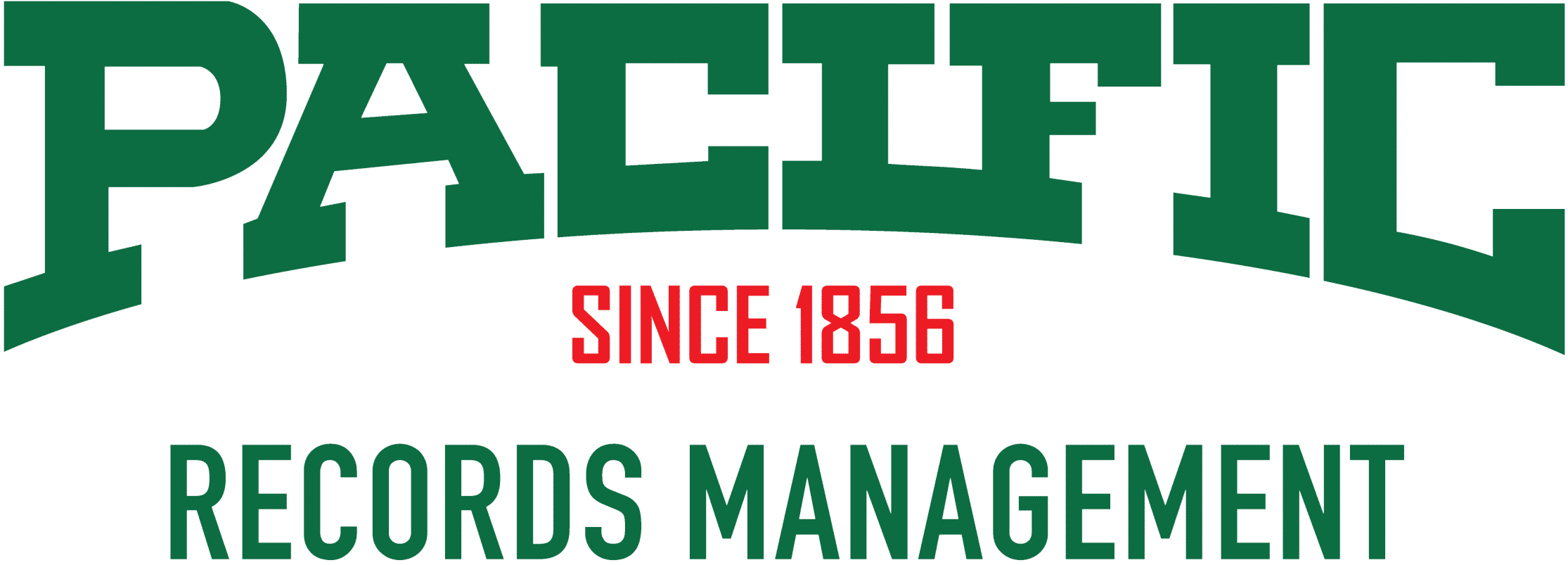Guidelines for Digitizing Your Documents
Are you thinking about going paperless? Whether you’re planning on digitizing a handful of documents or your entire records inventory, there are specific guidelines to follow. Read on to learn how implementing these guidelines can ensure the success of your scanning project.
Make a Plan
Every successful document scanning project requires a good roadmap. You need to know what to scan, how long scanning takes, and how much your project costs. Identify which documents you want to digitize, and where you will store the digital files. Active documents benefit most from being converted to digital files. Once they’re digitized, authorized individuals will have easy access to them. Choose a digital file format to convert that works with your databases. Common digital file formats include:
- TIFF
- GIF
- JPG
- PNG
Outline the scope and timeframe of your scanning project with your document scanning provider. Include post-scanning planning in your outline, so your provider can coordinate an offsite records storage or NAID AAA Certified shredding solution for your original documents.
Prepare Your Hard Copies
You’re not ready to scan just yet. Every paper document needs to be organized and prepped for imaging. Staples, paperclips, and sticky notes should be removed from each page. Wrinkled and torn documents must be repaired and straightened. One of the advantages of using a professional scanning service is that document preparation is handled by trained professionals, saving you valuable time and ensuring each document is scanned accurately and completely.
Scan, Convert and Index
Once the documents are prepped, scanning and indexing can begin. If you want your digital images to be searchable, optical character recognition (OCR) software must be used. OCR reads and indexes the text so you can search for keywords and phrases anywhere within your digital documents.
Verify the Quality of Every Image
You don’t want to scan documents more than once. A quality control process should take place to check the readability and integrity of each image during imaging and after the conversion process is complete. If the final output meets your quality standards, you can move on to transferring your images for storage.
Data Transfer
Digital images can be transferred to removable media such as tape or portable hard drive, or stored in a data center. When transferring them to removable media, store a duplicate copy offsite in a media vault. When storing your images in a data center, make sure the data center has undergone rigorous auditing and is served by multiple fiber optic carriers for fast connectivity. It should also feature software compatible with your enterprise operating systems and include redundant systems that ensure seamless access to your digital files.
For more document scanning tips, please call us at 800-685-9034 or complete the form on this page.
Pacific Records Management provides document scanning services for businesses throughout Fresno, Stockton, Sacramento, Modesto, and Napa and Solano Counties.
